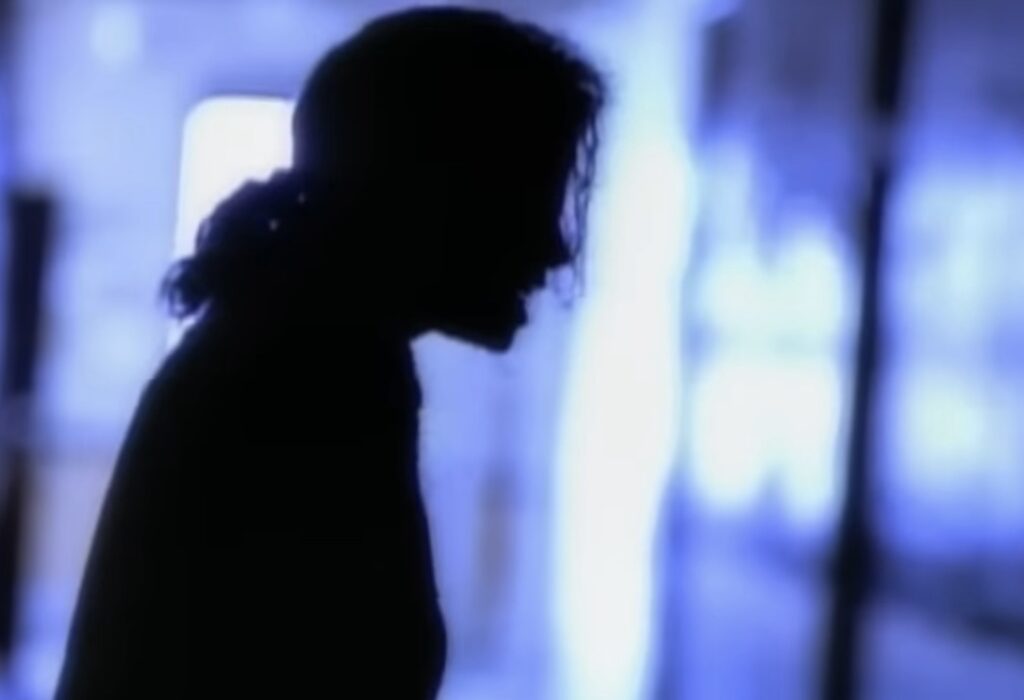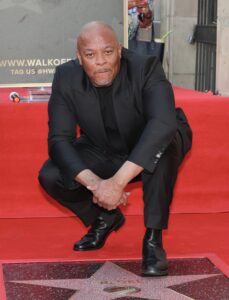Few artists have managed to impact the global cultural landscape as profoundly as Michael Jackson. His influence is seen not only in music but in the broader social discourse that his work often sparked. Among his many iconic releases, “Jam,” a single from his 1991 “Dangerous” album, stands out as a powerful commentary on societal issues. The track, a collaboration with hip-hop legend Heavy D, explores themes of race, unity, and social struggle in ways that are both innovative and complex. However, beneath its infectious rhythm and danceable groove, “Jam” also reveals the challenges and contradictions inherent in trying to marry commercial pop success with deep social critique.
A World in Turmoil, (The Canvas)
To understand “Jam”, it’s essential to place it in its broader context—both within Michael Jackson’s career and within the societal landscape of the early 1990s. The world was at a critical juncture: the Cold War had recently ended, but new conflicts and challenges were emerging. Racial tensions in the United States were rising, particularly in urban centers, where poverty, crime, and police brutality were major issues. The Los Angeles riots of 1992 were just around the corner, a harrowing reminder of the unresolved racial injustices that permeated American society.
Within this backdrop, Michael Jackson, already a global superstar, was grappling with his role as a social commentator. His previous album, “Bad”, had flirted with social issues, particularly in songs like “Man in the Mirror,” but “Dangerous” was a more conscious attempt to address the broader cultural and political concerns of the time. Jam, the fourth single from the album, was an ambitious effort to speak to these issues, blending Jackson’s signature pop sound with the gritty realism of hip-hop, courtesy of Heavy D.
Lyrical Exploration: Unity in the Face of Division
“Nation to nation, all the world must come together / Face the problems that we see, then maybe somehow we can work it out.”
These opening lines set the tone for “Jam”, a track that seeks to bridge divides and foster a sense of global unity. At its core, the song is about overcoming differences—be they racial, cultural, or national—in order to confront the shared challenges of the modern world. The use of the word “jam” itself is a metaphor for coming together, for finding harmony amidst chaos.
Yet, as the song progresses, it becomes clear that Jackson is not offering simple solutions. The lyrics are filled with tension and ambiguity, reflecting the complexity of the issues at hand. “It ain’t too much for me to jam,” he repeats, suggesting both resilience and frustration. The word “jam” takes on multiple meanings—it’s about dancing, yes, but also about pushing through obstacles, about making things work despite the odds.
Heavy D’s rap verse adds another layer to the song’s social commentary. Known for his socially conscious lyrics, Heavy D brings a street-level perspective to Jam. His verse touches on issues of crime and poverty, but like Jackson, he avoids didacticism. Instead, his words are more observational, painting a picture of urban life without offering easy answers. “No gun, just a microphone / Get off the wall, it’s time to jam,” he raps, positioning music—not violence—as the tool for change. It’s a hopeful message, but also one that acknowledges the limitations of what art can achieve.
The Visual Dimension: Music Video as a Cultural Artifact
Directed by David Kellogg, the music video for “Jam” is as much a part of the song’s narrative as the lyrics themselves. The video is set in an urban basketball court—a setting that immediately evokes images of inner-city life. The graffiti-covered walls, the chain-link fence, and the concrete landscape all contribute to a sense of gritty realism. But this is not a place of despair; it’s a place of creativity and community.
The video features an unlikely pairing: Michael Jackson and basketball legend Michael Jordan. The two icons—one from the world of music, the other from sports—come together in a playful exchange of skills. Jackson teaches Jordan how to dance, while Jordan shows Jackson how to shoot hoops. It’s a lighthearted moment, but it’s also symbolic. Here are two African American men who have reached the pinnacle of their respective fields, finding common ground in their shared experiences of being black men in America.
However, the video is not without its contradictions. While it celebrates unity and cultural exchange, it also glosses over the harsh realities of the setting it depicts. The basketball court is presented as a vibrant community space, but there’s little acknowledgment of the systemic issues—poverty, violence, discrimination—that often define such environments. The presence of Kris Kross, a popular rap duo at the time, adds to the video’s youthful energy, but again, their inclusion feels more like a nod to current trends than a meaningful contribution to the video’s message.
In many ways, the *Jam* video encapsulates the tensions at the heart of the song itself. It’s a celebration of black culture, but one that is packaged for mass consumption. It’s about social issues, but it’s also about entertainment. The video, like the song, walks a fine line between addressing serious topics and maintaining its appeal as a pop product.
Evolution of Michael Jackson’s Artistry
This song marked a turning point in Michael Jackson’s career, both musically and thematically. By the time “Dangerous” was released, Jackson was no longer just a pop star; he was a global cultural icon, with all the expectations and pressures that came with that status. “Dangerous” was his attempt to respond to those expectations, to create music that was not only commercially successful but also artistically and socially relevant.
In this context, “Jam” can be seen as part of Jackson’s broader effort to push the boundaries of what pop music could be. The song blends elements of hip-hop, new jack swing, and R&B, creating a sound that was both contemporary and forward-looking. It was a risk, particularly for an artist who had built his career on more traditional pop and soul influences, but it was a risk that paid off. “Jam” was a commercial success, reaching the top ten on the Billboard Hot 100 and becoming a staple of Jackson’s live performances.
But beyond its commercial achievements, “Jam” also signaled a shift in Jackson’s approach to his art. It was a song that grappled with serious issues, but in a way that was nuanced and complex. Jackson was not content to simply make music that sounded good; he wanted to make music that mattered. In this sense, Jam was a precursor to some of the more explicitly political work that Jackson would produce later in his career, such as “They Don’t Care About Us” and “Earth Song”.
Yet, for all its ambition, “Jam” also reveals the limitations of Jackson’s approach. The song’s lyrics, while thought-provoking, are often too vague to make a strong impression. The music video, while visually stunning, sometimes feels disconnected from the realities it seeks to portray. And the very act of trying to address serious social issues within the framework of a pop song inevitably raises questions about the effectiveness of such an endeavor.
No comments yet.








